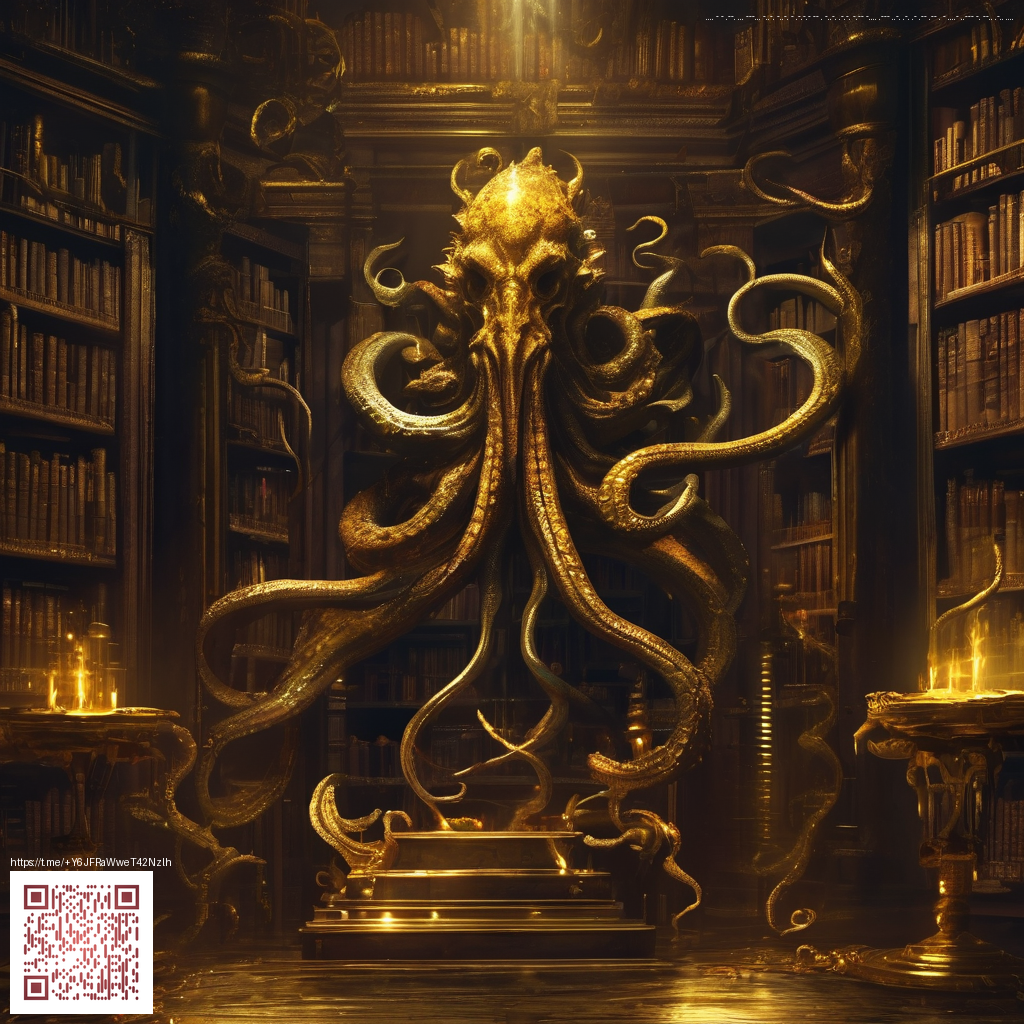
Understanding the Three Core Formats for Digital Paper
When we talk about digital paper—the virtual sheets we share, annotate, or print later—the choice of format shapes how the content looks, scales, and loads. JPG, PNG, and PDF cover the essential needs of most workflows, from quick previews to print-ready layouts. Each format serves a distinct purpose, and selecting the right one helps you manage file size, preserve clarity, and ensure compatibility across devices and platforms.
JPG: Great for Photographs and Light-Weight Web Use
JPG is a lossy compression format designed to minimize file size. It’s ideal for image-heavy digital paper where tiny color shifts aren’t critical and speed matters. Use JPG when you’re sharing large image libraries, mood boards, or mockups online and want fast loading times. The trade-off is that repeated edits and saves can introduce compression artifacts, especially around sharp text or crisp edges.
PNG: Transparency and Clarity for Graphics
PNG shines when you need crisp lines, accurate colors, and transparency. It preserves lossless quality, which means you can edit and re-save without accumulating artifacts. For digital papers that include logos, icons, or layered illustrations, PNG keeps edges clean and colors faithful. The main drawback is larger file sizes compared with JPG, so it’s worth balancing quality with delivery bandwidth.
PDF: The Portable, Print-Ready Standard
PDF is more than an image—it's a document format that preserves layout, typography, and embedded assets across platforms. For digital paper that resembles a printable document or needs to be shared as a fixed, reproducible page, PDF is often the best choice. It supports vector text, embedded fonts, and high-resolution imagery, ensuring the final product remains faithful whether viewed on a screen or sent to print.
“Consistency matters. Choose a format that preserves intent and presentation, not just appearance.”
In real-world workflows, many creators keep all three formats in their toolbox and decide based on the use case. For fast previews or image-heavy galleries, JPEG delivers speed. For clean graphics with transparency, PNG preserves the edges and details. For documents that must hold their structure across devices and printers, PDF offers reliability and versatility.
To illustrate how format choice can influence perception in a broader product-and-design context, I recently explored a product page that focuses on a premium device accessory. The page demonstrates how thoughtful presentation can elevate the perceived quality of the content—an important reminder that digital paper formats also benefit from intentional layout, typography, and imagery. If you want to explore that example, you can visit the Slim Lexan Phone Case — glossy, ultra-thin for iPhone 16 page and see how a well-presented product appears across formats.
Remember that the best format often depends on the destination. If your goal is to archive a multi-page report, PDF is usually the most practical choice. If you’re assembling a visual mood board or a social-ready graphic, PNG or JPG might be more appropriate. And when you need a printable, shareable document with a fixed layout, PDF remains the dependable standard.
Tip for developers and designers: maintain high-quality source assets, then export to the appropriate format for each channel. A single source file can yield JPG for thumbnails, PNG for assets with transparency, and PDF for the final, print-ready sheet, reducing the number of iterations while preserving fidelity across formats.
Practical Guidelines for Your Workflow
- Assess the final destination: web, overlay on a design, or print. This decides whether JPG, PNG, or PDF is most suitable.
- Preserve a master copy in the original format before compression or edits.
- Test readability and appearance on multiple devices to ensure consistency.
- Consider accessibility: ensure text remains legible and not overly dependent on image-only content.